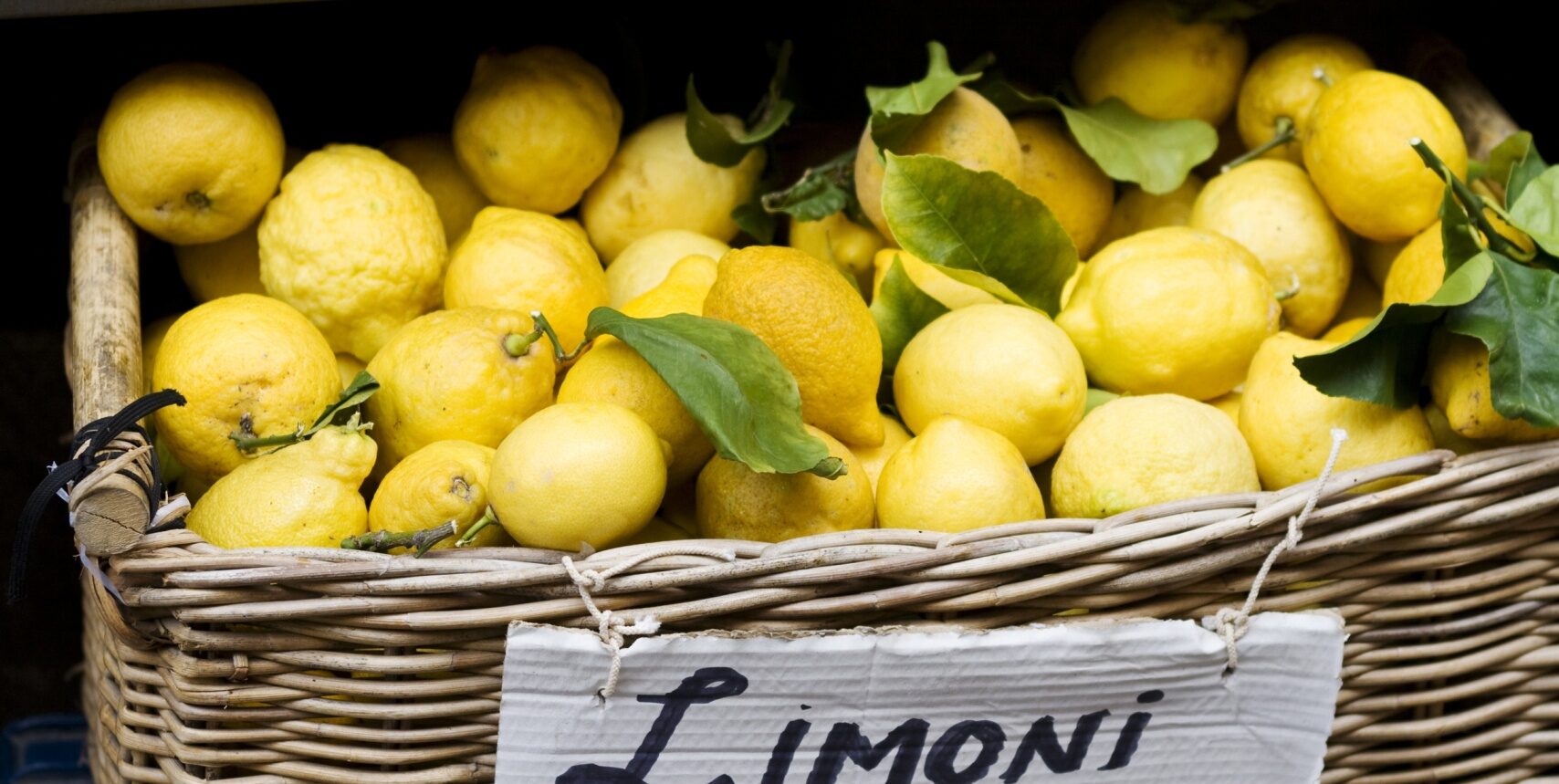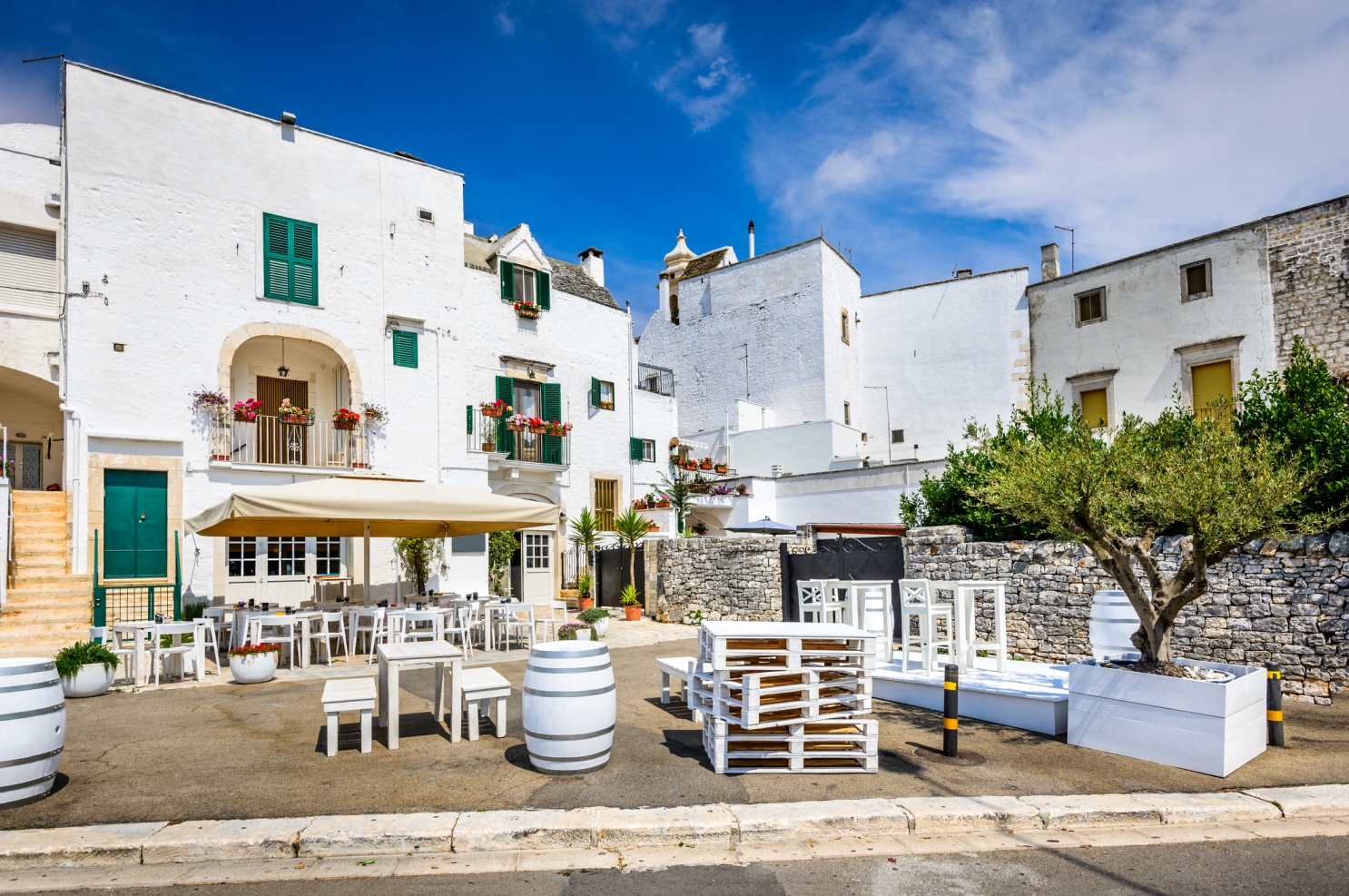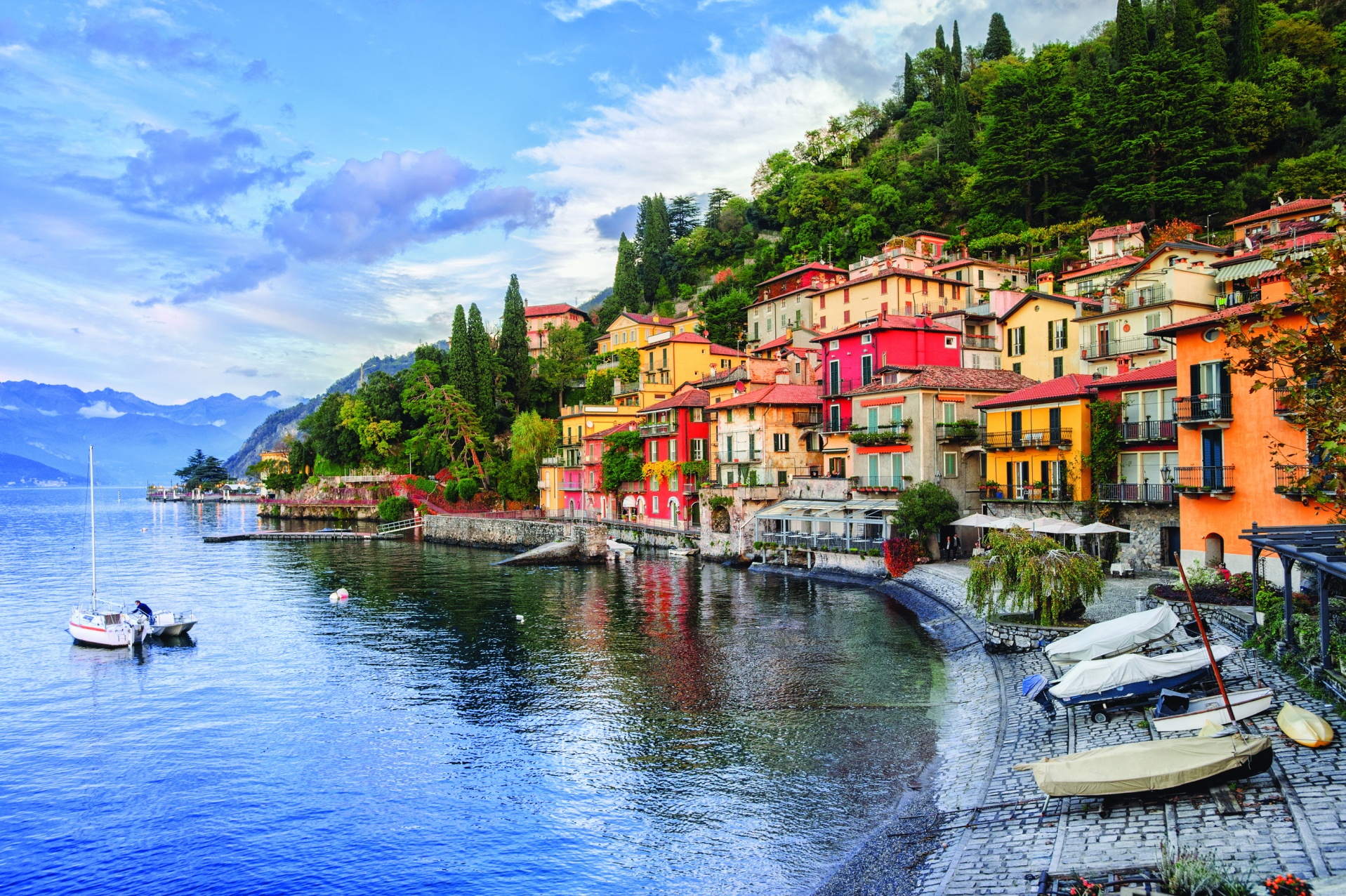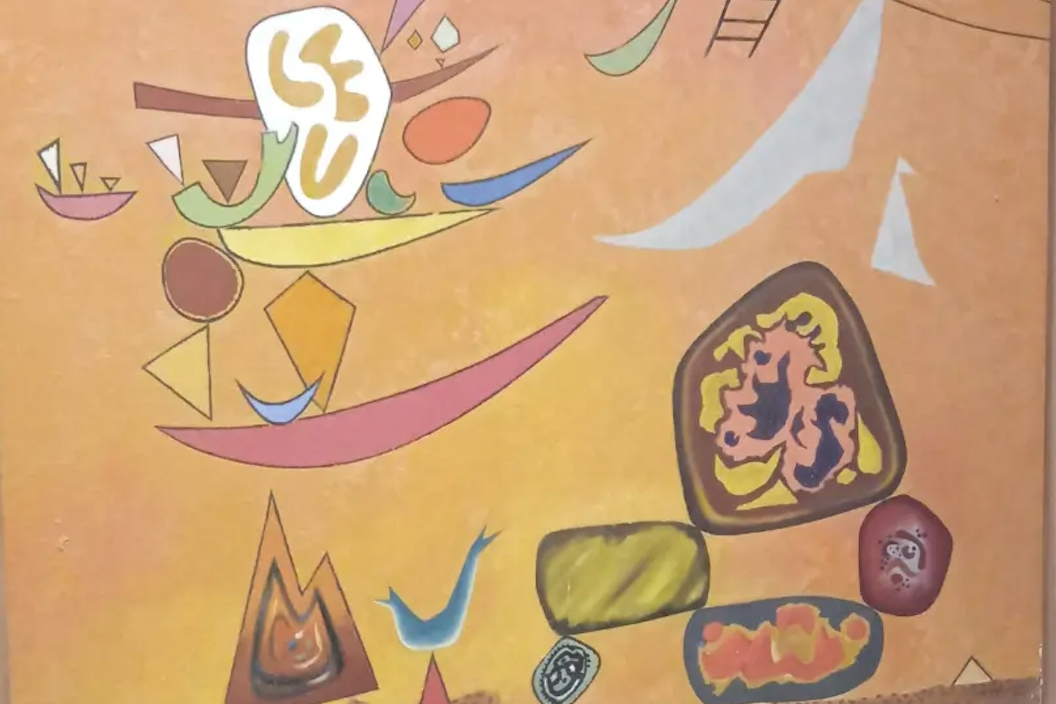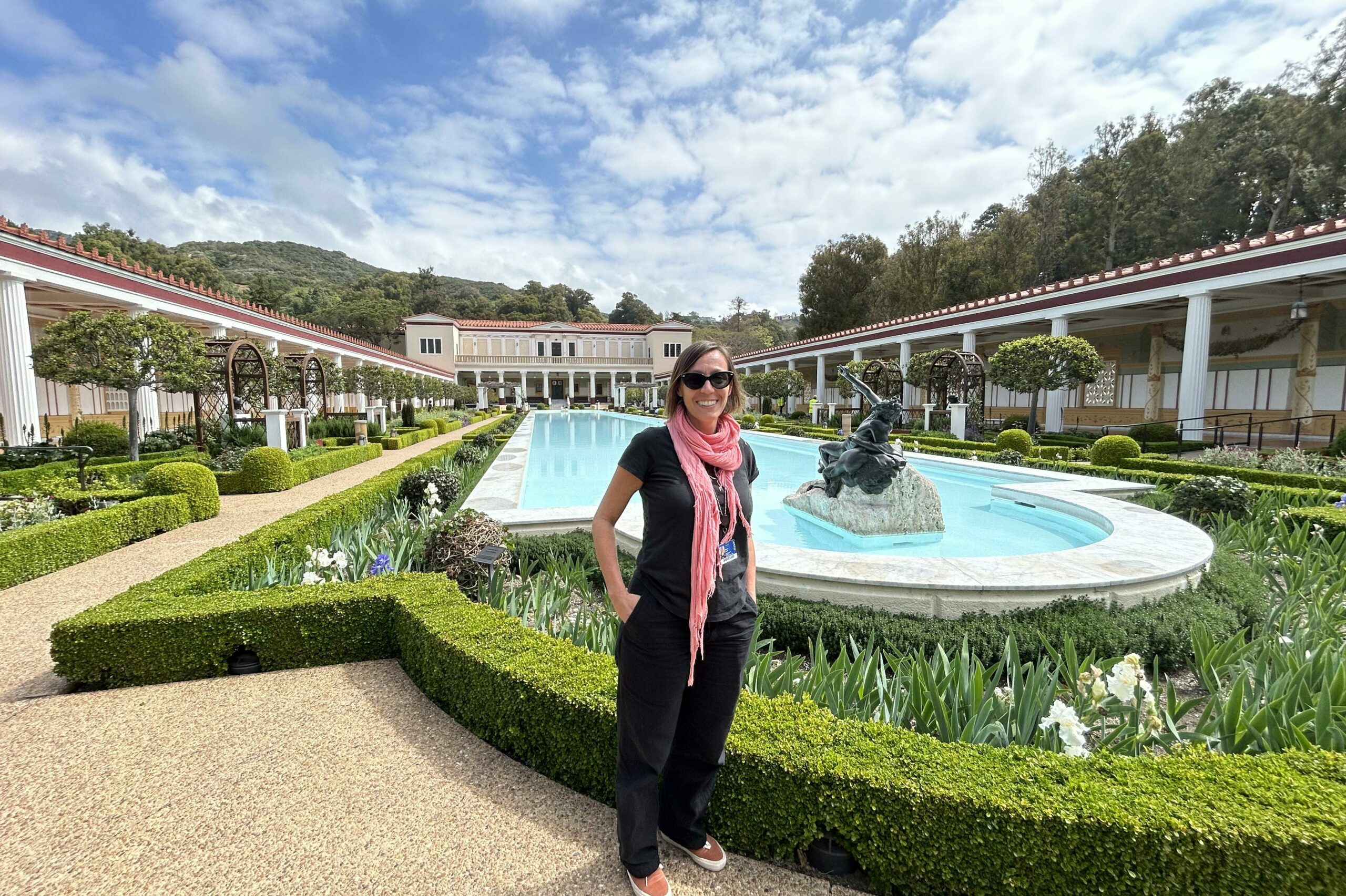Three days of music, contests of skill, and historical reenactments: the annual Calendimaggio festival takes place in Assisi, Umbria region, on the first Thursday, Friday, and Saturday of May.
The origin of the event as it is today is relatively recent, but is actually based on ancient pagan traditions and a historical conflict that allegedly dates back to the Middle Ages. The Italic tribe of Umbri, who inhabited the area before being incorporated into the Roman Empire, used to celebrate the return of the Spring season, which symbolized life and rebirth.
Many people in medieval costumes recreate daily life in the Middle Ages
Many people in medieval costumes recreate daily life in the Middle Ages
In the XIV century, the town of Assisi flourished in terms of territorial expansion, and economic and cultural development. As in many other small Italian cities, there began to be a division and rivalry between the lower and upper part of Assisi, giving voice to hatred among families and political parties.
Nevertheless, despite the turbulence, the traditional Spring festival named Calendimaggio continued to be celebrated with great enthusiasm by dancing, drinking wine, and listening to wandering minstrels singing the so-called “Songs of May” and playing music all across the town until late at night. Information on this can even be found in some old tales relating to the life of Saint Francis of Assisi.
In 1954, the modern version of the festival was officially established: the two parts of the town still confronting each other, but this time through a series of contests and races to prove their strength and ability, such as tug-of-war, sled race, and crossbow shooting. The winning team can have the year’s Spring Queen selected amongst five ladies through an archery challenge that involves their champions, and it can also be the first one to perform in typical scenes of daily life in the Middle Ages, another important competition featured in the Festival.
The spirit of the event is cheerful, competitive, and secular, still faithful to the pagan origin of the feast. In fact, the only link to religion is represented by the “Blessing of the Banners” right before the competition starts. In addition, during the three-day Festival the legal authority is entrusted by the City Mayor to the Maestro de Campo – who is the guard of the trophy, traditionally called Palio – through the symbolic act of the Consignment of the Keys.
Calendimaggio celebrations also include street parades showcasing traditional medieval costumes, music concerts, shows, and plays in the local dialect. On Saturday evening, the contest ends with the performance of the two choirs, each of them singing three songs. After that, the jury – usually composed of renowned experts in the fields of history, music, and show business – returns a verdict and declares the winning party to be awarded the coveted Palio.
The 2013 contest was won by the Red team, representing the lower part of the town. Now the Blue team is seeking revenge. The verdict on this year’s contest will be announced on May 10, 2014.



